1. Perfectly Manicured Lawns

Those lush, bright-green carpets you see in front yards might look like the height of curb appeal, but to pollinators, they’re basically deserts. Turfgrass doesn’t provide nectar, pollen, or shelter, which means bees, butterflies, and other beneficial insects have nothing to eat or live in. To make matters worse, lawns often replace diverse native plant habitats. It’s like replacing a bustling farmers’ market with a parking lot—beautiful in a uniform way, but completely empty of resources.
Maintaining those lawns often involves fertilizers and herbicides, which can directly harm pollinators or poison the plants they rely on. Even without chemicals, the mowing schedule alone wipes out any small flowers that might dare to grow. This leaves pollinators with fewer safe places to forage. Over time, this loss of habitat can contribute to declines in native bee populations.
2. Overusing Mulch Beds
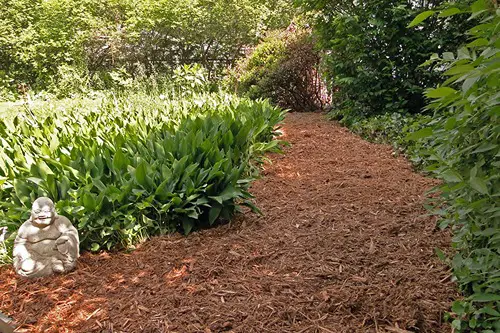
A thick blanket of mulch might look tidy, but it can suffocate the ground beneath and remove spaces where pollinators live. Many native bees are ground-nesters, and an impenetrable mulch layer makes it nearly impossible for them to dig their tunnels. Without access to the bare soil they need, these bees simply can’t make a home in your yard.
Mulch-heavy landscaping also tends to favor ornamental plants instead of native species. This means there’s often less nectar available, especially during early spring when pollinators need it most. In the long run, it reduces biodiversity in the area. Plus, the sterile environment discourages the natural mix of plants and insects that support a healthy ecosystem.
3. Non-Native Ornamental Plants
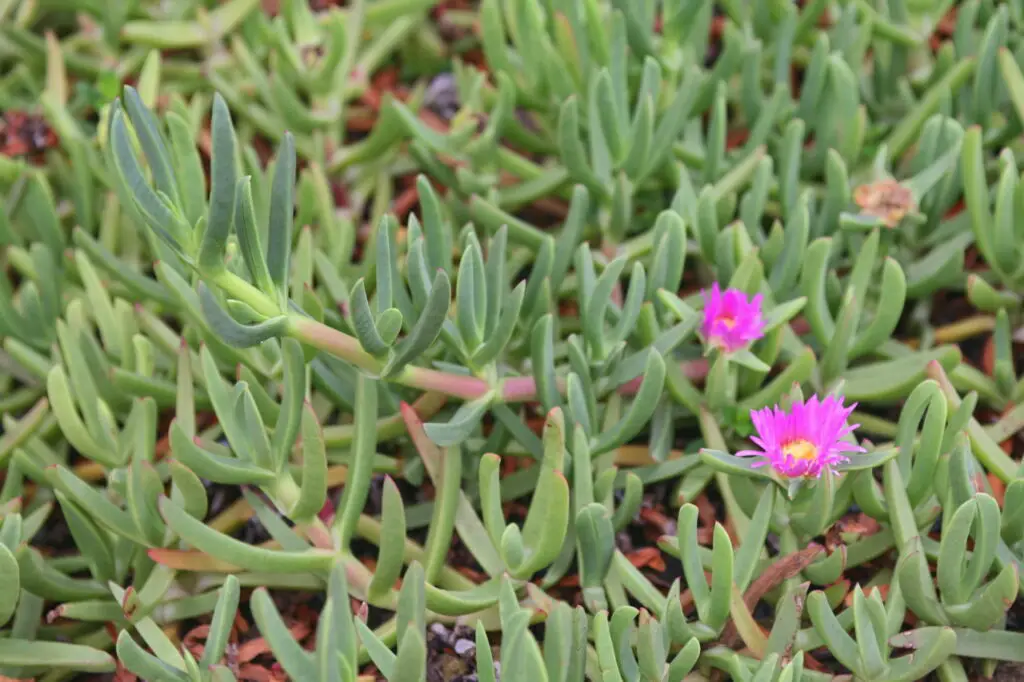
Exotic flowers may look stunning, but they’re often useless—or even harmful—to native pollinators. Many non-native plants don’t produce the right type of nectar or bloom at the wrong times, leaving pollinators hungry. Some even block sunlight from native plants that would otherwise feed local species. It’s like inviting guests to dinner and serving them plastic food.
When non-native plants dominate, the local ecosystem shifts in ways that pollinators can’t adapt to quickly. Native bees, for example, have evolved alongside specific flowers with matching shapes and bloom schedules. Without these plants, they struggle to survive. Over time, this can contribute to declining pollinator populations and fewer pollination services for crops and wild plants.
4. Over-Reliance on Pesticides
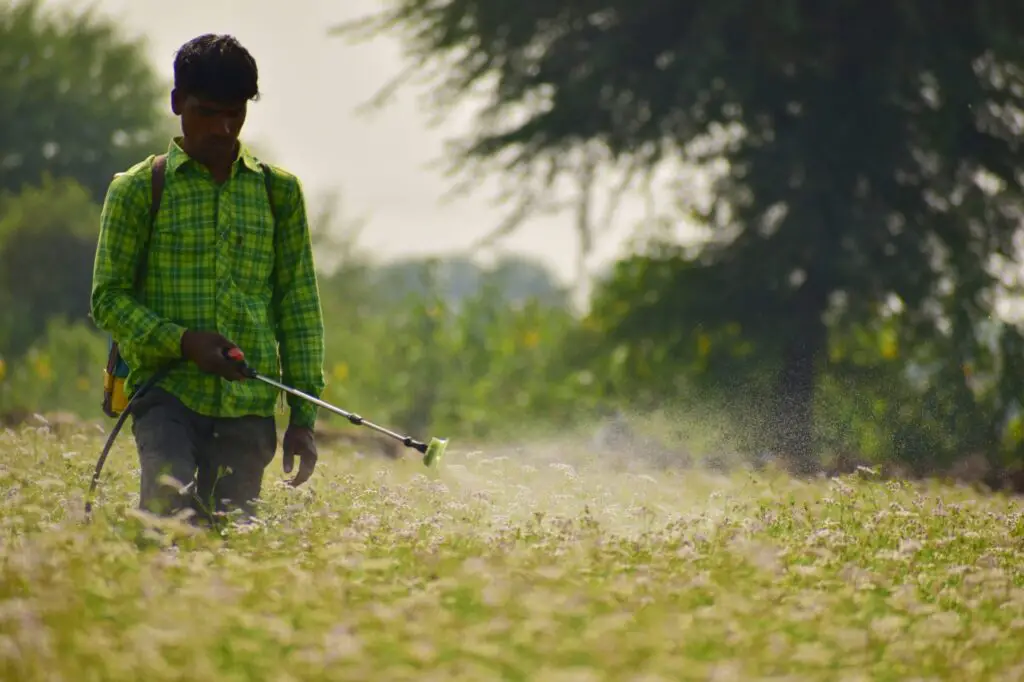
A quick spray might seem like the easiest way to get rid of garden pests, but it can take out pollinators right along with them. Many common insecticides, especially neonicotinoids, are highly toxic to bees and butterflies. Even if they don’t kill pollinators immediately, they can impair navigation and foraging skills. That means pollinators might not find their way back to the hive or locate enough food.
These chemicals don’t just vanish after use—they can linger in soil and plants for weeks or months. Pollinators visiting treated flowers can be exposed again and again. The cumulative effects can weaken entire colonies or species populations. Meanwhile, natural pest control methods, like encouraging predatory insects, get sidelined.
5. Decorative Gravel and Rock Gardens
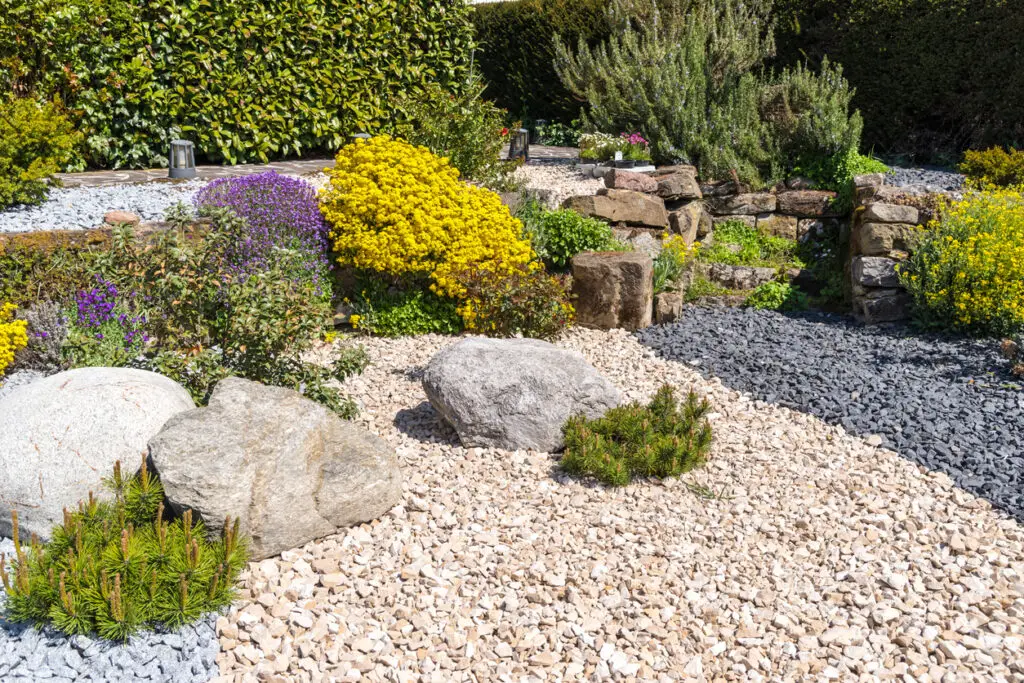
Gravel beds and rock gardens can be striking, but they usually offer zero nectar or pollen. They also reflect heat, making the surrounding area hotter and less hospitable for insects. For ground-nesting bees, the compacted soil beneath is like concrete—it’s simply not diggable. Over time, these spaces become biological dead zones.
While some drought-tolerant plants can grow in gravel, they’re often chosen for looks rather than ecological value. Without a diverse mix of native species, pollinators don’t have enough to forage on. This lack of habitat contributes to fragmented foraging areas. In fragmented landscapes, pollinators burn more energy traveling between food sources, which can reduce survival rates.
6. Removing “Messy” Wildflower Patches
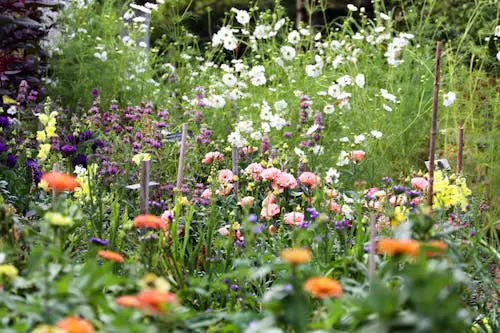
Many homeowners pull out wildflower patches in favor of neat, orderly gardens. Unfortunately, those “messy” patches are often goldmines for pollinators. They provide a constant source of nectar, plus shelter for insects at all life stages. Removing them can leave pollinators scrambling to find replacements.
Wildflower patches also support a diverse range of species, which is critical for ecosystem resilience. Different flowers bloom at different times, creating a steady food supply. Without this variety, pollinators face seasonal gaps in resources. Those gaps can be the difference between thriving and starving.
7. Replacing Hedges with Privacy Fences
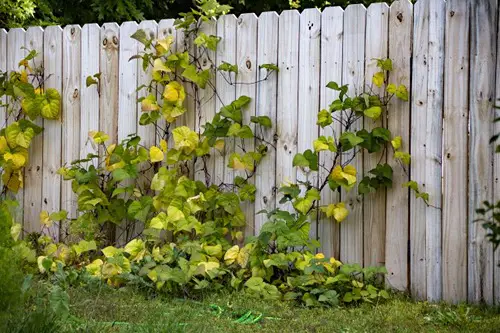
Natural hedgerows often double as pollinator corridors, offering nectar-rich blooms and shelter. When they’re replaced with wooden or vinyl fences, that living habitat disappears. The visual barrier might still be there, but the ecological function is gone. Pollinators lose both food sources and safe passage between foraging areas.
This change also breaks up habitat continuity, making it harder for pollinators to travel safely. Fewer connections mean smaller, more isolated populations, which are more vulnerable to extinction. Even small gaps in habitat can have big impacts over time. Fences may give homeowners privacy, but they take it away from pollinators in the form of safe, continuous habitat.
8. Over-Trimming Flowering Shrubs
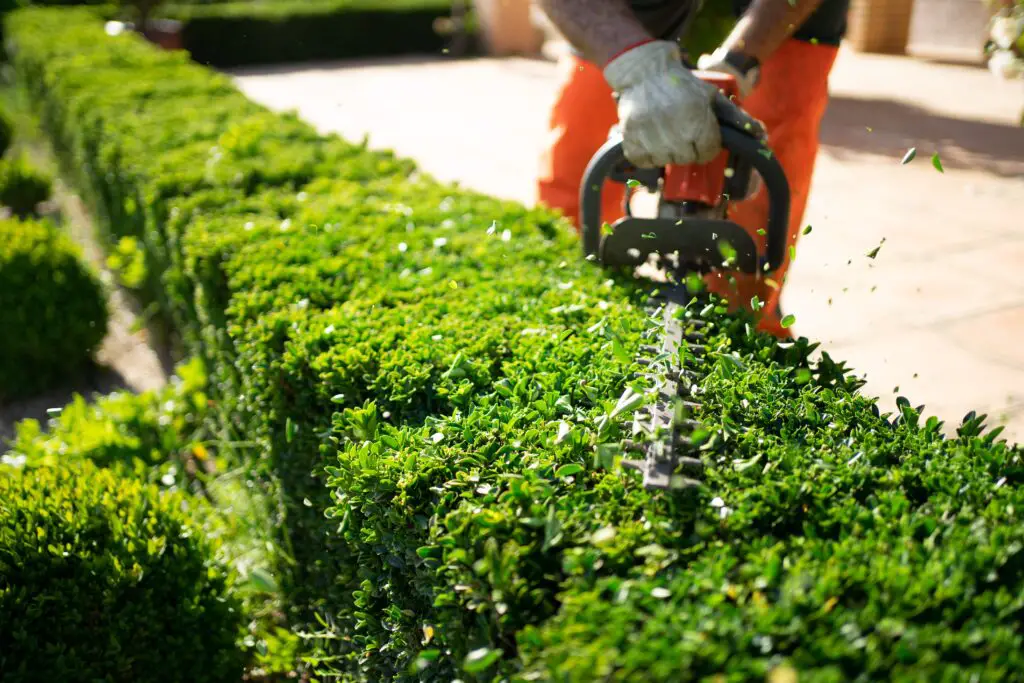
Flowering shrubs like lilac, viburnum, and native hollies can be important nectar sources—if they’re allowed to bloom. When they’re pruned too aggressively or at the wrong time, their flowers are cut off before pollinators can enjoy them. This removes a valuable food source, especially for early-emerging bees. It’s a bit like closing a bakery right before breakfast rush.
Shrubs also provide shelter from predators and weather extremes. Over-trimming exposes insects to harsh sun, wind, and rain, making survival harder. In some cases, repeated heavy pruning can weaken the plants themselves. That means fewer blooms year after year, creating a long-term loss of resources.
9. Installing Artificial Turf
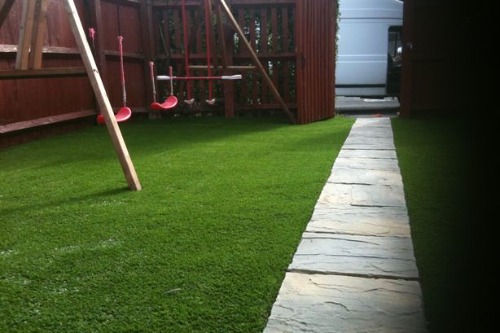
Artificial turf may be low-maintenance, but it’s completely barren when it comes to pollinator needs. It offers no flowers, no shelter, and no bare soil for nesting. The plastic surface can also get extremely hot, making the area hostile for most insects. Essentially, it turns a piece of land into an ecological void.
Replacing real plants with turf also removes the chance for pollinators to interact with other beneficial organisms. There’s no microhabitat for soil insects, and no food chain for birds and other wildlife. Over time, these sterile spaces can contribute to broader biodiversity loss. While convenient for people, artificial turf is a hard “no” for pollinators.
10. Excessive Outdoor Lighting
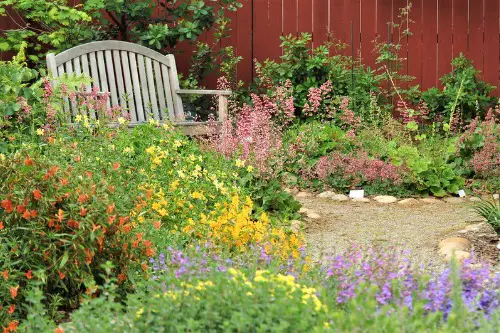
Bright garden and security lights can disrupt the nighttime activity of moths, which are important but often overlooked pollinators. Many species navigate by moonlight, and artificial lights can confuse them, pulling them away from flowers. This reduces pollination rates for plants that bloom at night. It’s like giving someone a GPS that always sends them in the wrong direction.
Light pollution can also affect the feeding and reproduction cycles of nocturnal insects. When moth populations drop, it has a ripple effect on species that depend on them, including bats and birds. Over time, this can reduce the diversity of pollinators in an area. Using motion sensors or warmer-colored lights can help minimize these impacts.
11. Planting Only Spring-Blooming Flowers
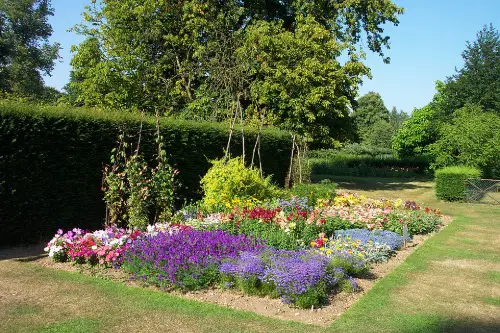
A garden that explodes with color in spring can still be a pollinator desert later in the year. Many pollinators are active from early spring through late fall, and they need nectar and pollen the whole time. If nothing blooms after June, those late-season insects have nothing to eat. This seasonal gap can be deadly for some species.
Without a steady food supply, pollinators either move on or fail to reproduce successfully. This is especially harmful to species with multiple generations per year. Including a mix of early, mid, and late-season bloomers can prevent these gaps. That way, pollinators always have something to come back for.
12. Removing Dead Plant Material Too Early

Many pollinators use hollow stems, leaves, and other plant debris for shelter or nesting during the winter. Clearing away this “mess” too early in spring can destroy developing larvae before they emerge. To us, it might just look like old garden waste, but to pollinators, it’s home. Without it, entire generations can be wiped out before they even start.
Leaving plant material in place until late spring allows overwintering pollinators time to emerge naturally. This is especially important for solitary bees, which make up the majority of native bee species. Removing shelter prematurely forces these insects to find new nesting sites, often without success. A little patience in spring cleanup can make a big difference.
13. Overwatering Landscapes

While plants need water, too much irrigation can harm pollinators in several ways. Constantly wet soil can drown ground-nesting bees or make it too soft for them to dig stable tunnels. Overwatering can also encourage mold growth on flowers, which can be harmful if pollinators ingest it. In short, a soggy garden isn’t as inviting as you might think.
Excess moisture also favors certain pests, which can lead to increased pesticide use—a double hit for pollinators. Plus, overwatered plants may produce less nectar, especially in species adapted to drier conditions. Learning the water needs of native plants can keep both them and pollinators healthy. It’s one of those cases where “less is more” really applies.
This post 13 Landscaping Trends That Are Quietly Killing Native Pollinators was first published on Greenhouse Black.
